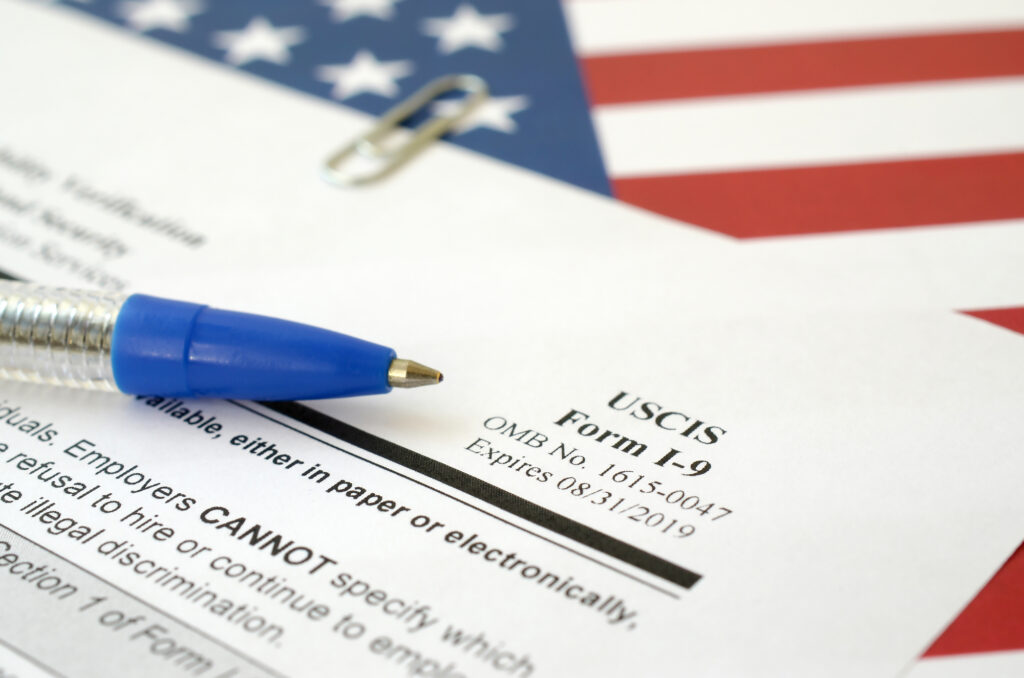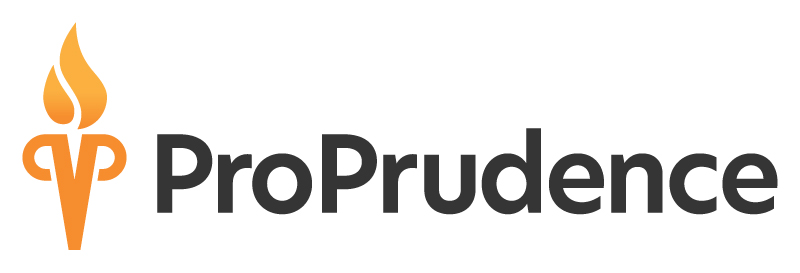What are the differences and similarities between Canadian Immigration Policies and American Immigration Policies?
Learn more about migrating to two major North American destinations and how ProPrudence makes it easier.
Canadian and United States immigration policies differ in several ways due to their unique historical, social, and political contexts. Here is a comparison and contrast of key aspects of immigration policy in both countries:
What are the basics of Canadian immigration policy?
Canadian Immigration Policy:
1. Points-Based System:
- Canada employs a points-based immigration system where candidates are assessed based on factors like age, education, work experience, language proficiency, and adaptability. This system aims to attract highly skilled immigrants.
2. Express Entry:
- Express Entry is Canada’s online application management system for economic immigration programs. It streamlines the process and allows candidates to enter a pool where they are ranked based on their Comprehensive Ranking System (CRS) score.
- https://www.canada.ca/en/immigration-refugees-citizenship/services/immigrate-canada/express-entry.html
3. Family Reunification:
- Canada places a strong emphasis on family reunification, allowing Canadian citizens and permanent residents to sponsor family members for immigration.
4. Humanitarian and Refugee Programs:
- Canada has a robust refugee program, including the Private Sponsorship of Refugees Program, which allows private citizens and organizations to sponsor refugees.
- https://www.canada.ca/en/immigration-refugees-citizenship/corporate/publications-manuals/guide-private-sponsorship-refugees-program/section-2.html
5. Provincial Nominee Programs:
- Provinces and territories in Canada have their immigration programs to address specific regional labor market needs.
6. Diversity and Inclusivity:
- Canada is known for its inclusive policies and diverse immigration programs, welcoming immigrants from various countries and backgrounds.

What are the basics of U.S. immigration policy?
U.S. Immigration Policy:
1. Diversity of Immigration Streams:
- The United States has a wide range of immigration streams, including family-sponsored, employment-based, and humanitarian programs. Diversity visa programs also exist, such as the Diversity Visa Lottery.
2. Employment-Based Immigration:
- The U.S. has employment-based visas, such as the H-1B for skilled workers, the EB-5 for investors, and the L-1 for intracompany transfers.
3. Visa Quotas:
- The U.S. employs visa quotas and caps, leading to visa backlogs and waiting times in certain categories.
4. Refugee and Asylum Programs:
- The U.S. has asylum and refugee programs to provide protection to those fleeing persecution. These programs have faced policy changes and challenges in recent years.
5. Border Security:
- The U.S. places a significant emphasis on border security, and border enforcement policies have been a point of contention and change.
6. Temporary vs. Permanent Status:
- The U.S. has a substantial population of individuals on temporary visas, such as students, exchange visitors, and temporary workers, who may later seek permanent residency.
7. Pathways to Citizenship:
- The United States has various pathways to citizenship, including family-sponsored, employment-based, and the diversity visa program.
8. Recent Policy Changes:
- Immigration policies in the U.S. have seen significant changes in recent years, impacting areas such as Deferred Action for Childhood Arrivals (DACA) and Temporary Protected Status (TPS) recipients.

Navigating the process
In summary, while both Canada and the United States have diverse and multifaceted immigration policies, they differ in their approaches to selecting immigrants, family reunification, refugee programs, and the treatment of temporary visa holders. Additionally, the political and social contexts in both countries can influence policy decisions and outcomes in immigration. In many instances working with an immigration attorney will help you navigate these complex systems.






